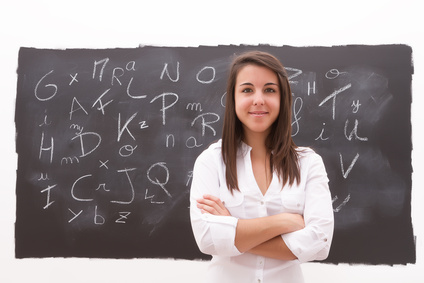Orton Gillingham – Multi Sensory Structured Literacy and Language Program – Melbourne

Orton Gillingham – Multi Sensory Structured Literacy and Language (MSL) Program
The Orton Gillingham (OG) method incorporates a combination of multi-sensory, phonics and kinesthetic techniques. The Orton-Gillingham approach is an intensive program in reading, spelling, writing and comprehension for children and adolescents with learning disabilities like dyslexia and dysgraphia.
The Orton Gillingham approach
The term ‘Orton Gillingham’‚ refers to the structured, sequential, explicit teaching methodology which uses a range of multisensory techniques and tools to support students with learning difficulties.
The intervention program was develop by Dr Samuel Orton during 1920s while trying to assist students who suffered from ‘word blindness’, today commonly known as Dyslexia. Dr. Orton suggested that the use of kinaesthetic-tactile reinforcement of visual and auditory associations could correct the tendency of confusing similar letters and improve the sequence of letter transposition while reading and writing. For example, those students who confuse b and ‘d’ are taught to use consistent, different style strokes in the formation of each letter. In the case of the letter ‘b’ students are required to make the vertical line before drawing the circle, while for the letter ‘d’ students are required to form the circle before drawing the vertical line.
Dr Samuel Orton teamed up with psychologist Anna Gillingham to add multisensory techniques into the program framework in order to teach individuals with a learning difficulty the structure of written English, including the sounds (phonemes), meaning units (morphemes such as prefixes, suffixes, and roots) and common spelling rules. These same teaching principles were subsequently incorporated into other areas of learning including mathematics, comprehension and writing.
There are many programs around the world today that use Dr Orton’s foundational work to deliver literacy interventions.
What is Better Multisensory Learning and how can it assist an individual with learning difficulties to learn easier?
At Better Multisensory Learning we provide the opportunity to address learning limitations by engaging the underlying neural networks of learning, the visual, auditory, and proprioceptive systems. By integrating these domains, the multiple sensory pathways allow the brain to be engaged in multi-tasking processes, further stimulating the attention and memory networks through auditory, visual and proprioceptive inputs.
When information is presented in this matter, it facilitates greater cognitive real estate to assist with the uptake and imprint of the information, and thereby improving the process of association and enriching the learning process.
We all have the sense that when a student is engaged in the learning process “if they see it, hear it and feel it”, they seem to learn and retain information more easily. A MultiSensory Learning approach builds on the premise that by engaging different cognitive pathways simultaneously, the approach allows individuals who process information differently to experience the information in a variety of formats to maximise retainment. Furthermore, when a student associates the multisensory activities with having fun, learning is more engaging and motivating.
The Multi-Sensory Literacy and Language program is generally available as a private tuition service provided at our Centre, by Zoom video conference or as an intense school holiday program.
Orton Gillingham tuition services are provided in Melbourne Victoria Australia at Level 1, 279 Doncaster Road, Balwyn North, Vic, 3104.
You are welcome to speak with us or book a program to facilitate your child’s with multi-sensory learning.






